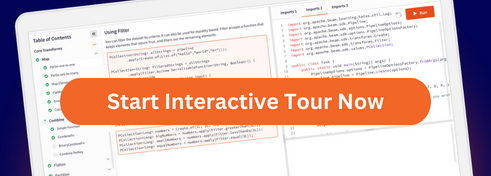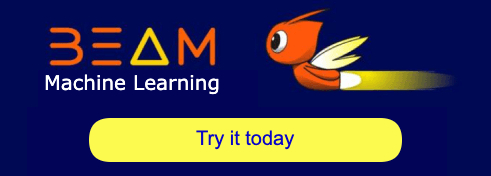Code Contribution guide
For information on contributing code to Beam, see the code contribution guide in the Beam repo.
For information on other ways to contribute, see the general Beam contribution guide.
Last updated on 2025/07/08
Have you found everything you were looking for?
Was it all useful and clear? Is there anything that you would like to change? Let us know!





